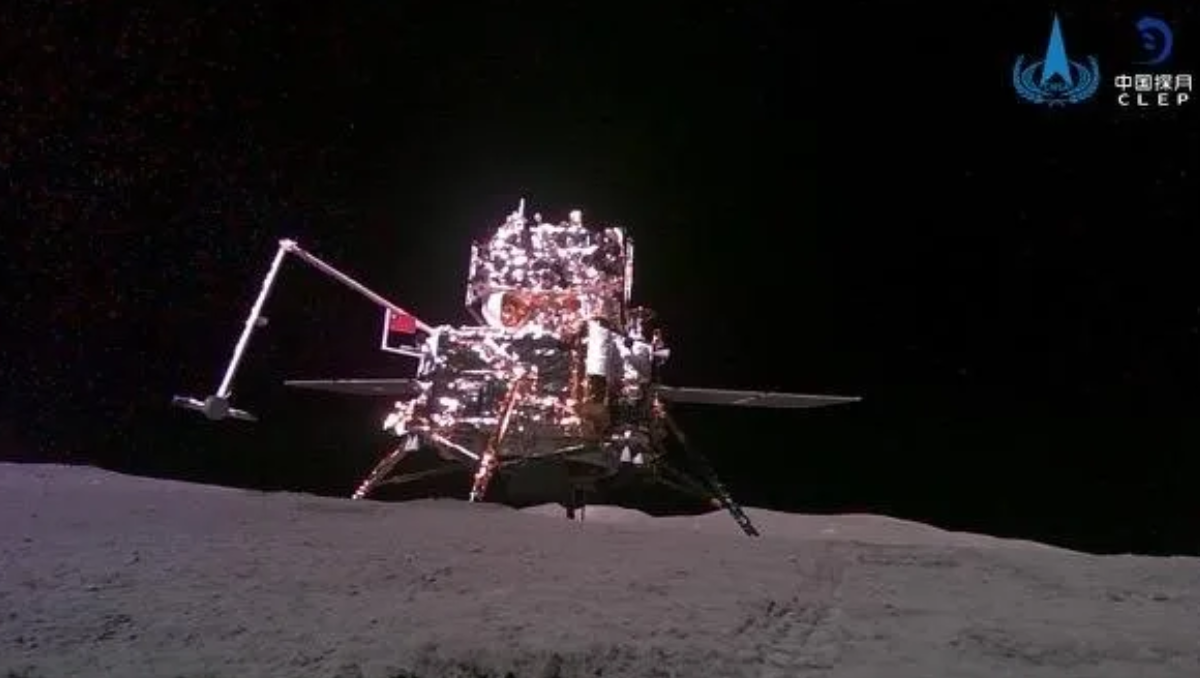Excitement is running high over the first-ever arrival of samples from the far side of the moon.
The Chinese spacecraft Chang’e 6 is almost prepared to exit lunar orbit and head back to Earth with a mother mine of lunar elements.
A “Chang’e 6 Landing Area Geological Background Seminar” was held earlier this month at the Institute of Geology and Geophysics in Beijing, bringing together more than 200 scientists from 31 domestic universities and research organizations.
Chang’e 6 mission
On May 3, the Chang’e 6 multi-component craft was launched from Hainan Province in south China. On June 1, the lander-ascender combination safely descended into the South Pole-Aitken (SPA) Basin on the moon’s far side, where it collected samples both that day and the following.
The probe’s ascender component blasted off the moon on June 3 with that precious cargo, and on June 5, it rejoined the orbiter. The samples onboard Chang’e 6’s return module remain in orbit around the moon until the moment comes to begin the journey back to Earth.
The treasure trove of lunar artefacts will be dropped by the return capsule into a selected landing area at Siziwang Banner in the Inner Mongolia Autonomous Region of north China. Reliable reports indicate that the reentry is set for June 25 (Beijing time). The 53-day space mission of Chang’e 6 will come to an end upon capsule touchdown. The 53-day space mission of Chang’e 6 will come to an end upon capsule touchdown.
The European Space Agency (ESA) reports that European ground stations are supporting Chang’e 6. For instance, the spacecraft was watched for several hours by ESA’s Kourou station in French Guiana shortly after its launch on May 3 in order to validate its orbit.
ESA will receive signals from the Chang’e 6 return module at the Instituto Nacional de Técnica Aerospacial (INTA) in Gran Canaria, Spain, approximately on June 25.
Global collaboration
The Chang’e 6 samples have the potential to contribute to a deeper knowledge of the moon’s creation, according to James Carpenter, lead for moon and Mars research at ESA’s Directorate of Human and Robotic Exploration.
A really intriguing idea for lunar exploration has been given to China. The Chang’e 7 and Chang’e 8 missions follow Chang’e 6. Carpenter remarked to China Media Group from Noordwijk, the Netherlands, that they’re contemplating landing humans on the moon’s surface as well as setting up an international lunar research station.
